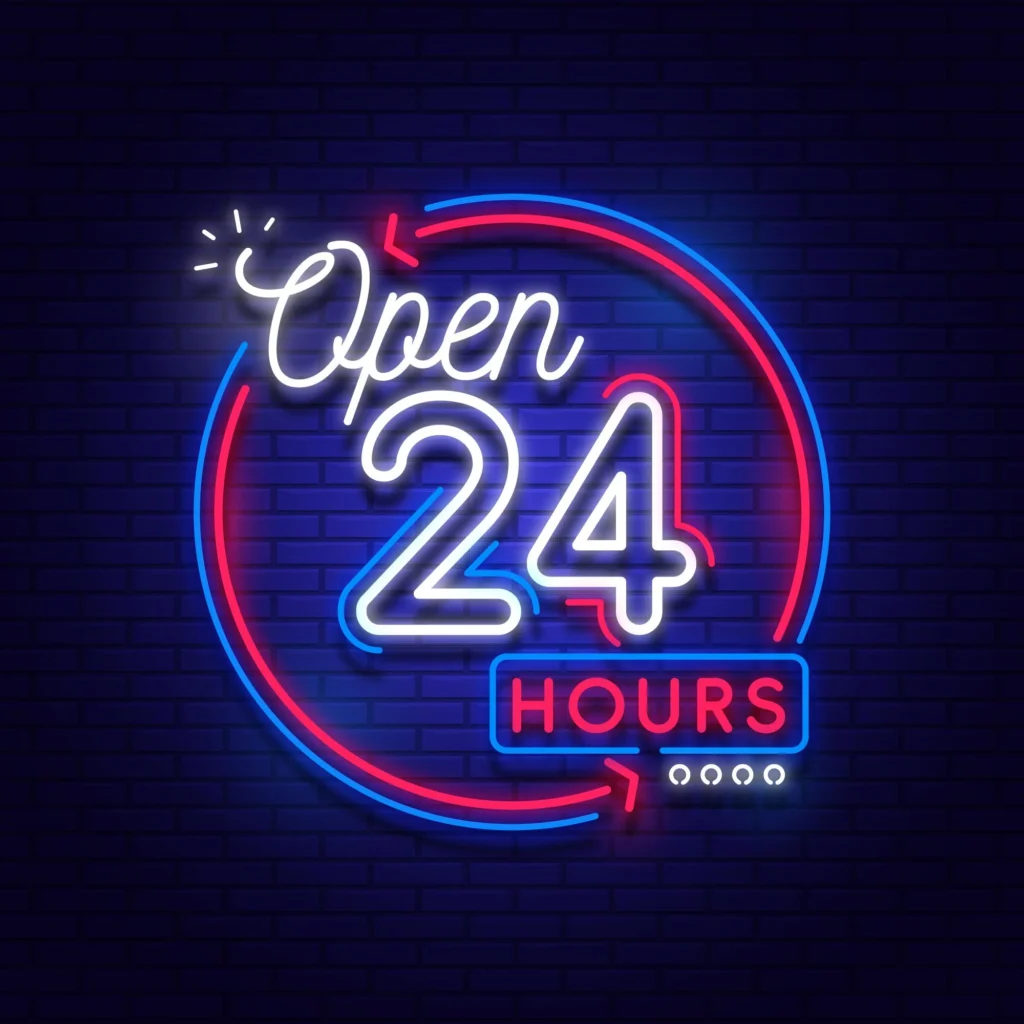RWA liquidity — it’s the latest buzzword floating around in fintech and crypto circles, but what does it really mean? More importantly, can real-world assets, once tokenized, truly become more liquid? It’s a fair question, especially when you consider that traditional markets have struggled with asset illiquidity for decades. Real estate, invoices, even fine art — not exactly known for being easy to offload in a pinch.
But tokenization changes the game… or so we’re told.


What Exactly Is RWA Liquidity?
Let’s unpack it a bit. RWA stands for Real-World Assets, which can be anything from property to government bonds, supply chain invoices, or even carbon credits. When we talk about RWA liquidity, we’re talking about the ability to quickly and efficiently buy, sell, or trade these assets — often through blockchain platforms that tokenize them into digital equivalents.
Sounds futuristic, right? Maybe even a little too good to be true. But the idea is simple enough: by turning these traditionally static, hard-to-sell assets into digital tokens, you’re making them potentially easier to move around. The key word there? Potentially.


The Case For RWA Liquidity
Now, supporters of this model (and there are many) argue that tokenization brings a few clear benefits:
- Fractional ownership – You don’t need $500,000 to invest in a building; maybe just $50 for a tokenized slice.
- 24/7 markets – Blockchain doesn’t sleep. This means theoretically constant liquidity — no waiting for banks to open or brokers to return your call.
- Broader access – Tokenized assets open the door to a global investor base, not just local buyers or institutions.
It all paints a pretty picture. Increased demand, lower entry barriers, and improved transparency? That definitely ticks some boxes.


But Wait — Is It Actually Liquid?
Here’s where things get murky.
Just because something can be tokenized doesn’t mean it’ll magically become liquid. Take real estate again: tokenizing a property doesn’t make people more eager to buy a tiny fraction of it overnight. If there’s no secondary market, or if trust in the system isn’t there yet, you’re still stuck with something hard to sell — just in digital form now.
Plus, compliance and legal frameworks vary wildly across jurisdictions. Not every country sees eye-to-eye on how RWA tokens should be handled, and that legal ambiguity? Yeah, it’s not great for liquidity.
In other words, RWA liquidity might be improved… but it’s not a silver bullet. Not yet, anyway.


RWA Liquidity in Action: A Few Real Use Cases
Still, some promising examples are starting to pop up. Companies like Centrifuge, Ondo Finance, and Maple Finance are exploring how tokenized RWAs like U.S. Treasuries or business loans can offer yield and tradeability on-chain. Some DeFi platforms have even started integrating these assets directly into their protocols.
Are these mainstream yet? Nope. But they’re early experiments — kind of like test flights. And if they succeed, we could be looking at an entirely different financial system five or ten years down the line.
The Human Element (Yeah, It Matters)
Here’s the thing — technology can only go so far. At the end of the day, markets are made of people, and people need time to trust new systems. Even if RWA liquidity looks good on paper, adoption takes time. There’s psychology involved, not just math and code.
And hey, that’s okay. Transformation doesn’t usually happen overnight. (Even if crypto Twitter insists it does.)
Final Thoughts: Is RWA Liquidity the Future?
So, can RWA improve asset liquidity? In short: yes — but not without caveats.
The technology is promising, the concept is sound, and we’re already seeing some real-world traction. But widespread RWA liquidity depends on market demand, legal clarity, and infrastructure that’s still being built. We’re early in the game, and there’s still a lot of trial and error ahead.
Still, it’s hard not to get at least a little excited. If tokenization delivers on even half of its promises, we could be witnessing one of the biggest liquidity unlocks in financial history.
Just… maybe don’t bet the farm on it yet.
Relevant Link : Beginner’s Guide: Can RWA Really Boost Liquidity — Or Is It Just Hype?





